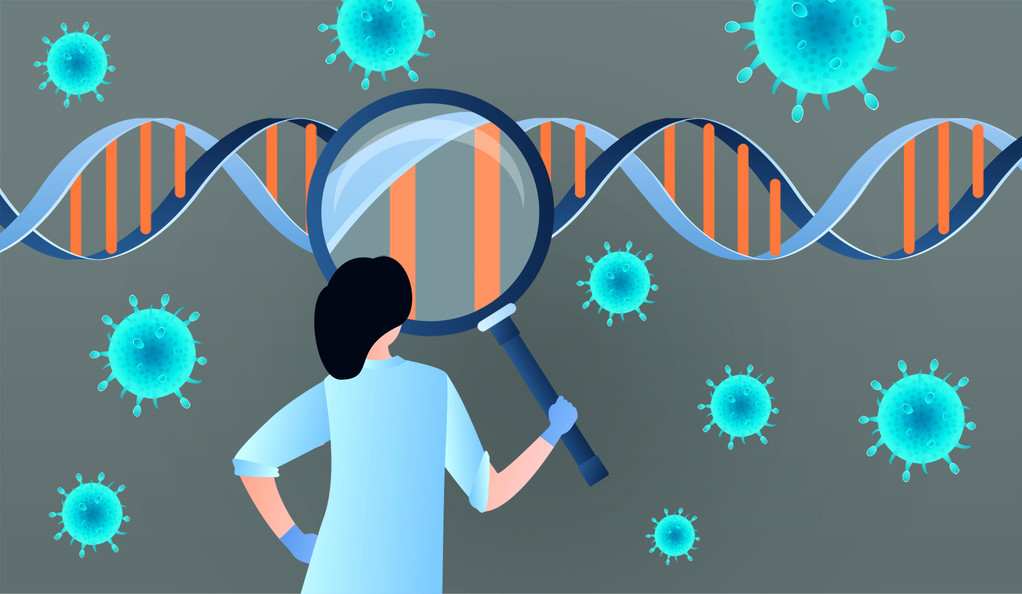
A four letter-word should be really easy to define, right? After all, the dictionary definition is only about a sentence long.
From Dictionary.com:
“the basic physical unit of heredity; a linear sequence of nucleotides along a segment of DNA that provides the coded instructions for synthesis of RNA, which, when translated into protein, leads to the expression of hereditary character.”
So… simple right? Well, no.
The dictionary definition is only partially right. A gene is the basic unit of heredity. Genes are generally encoded by DNA. But they don’t all lead to proteins.
So what is a gene, then?
A gene is the basic unit of inheritance and is encoded in DNA. Beyond that, though, it’s difficult to pin down exactly what a gene is, because they do a lot of different things. Genes can code for:
- Proteins and enzymes
- Cell type and shape
- Cellular reproduction
- Cellular signaling
- Metabolism
- Body plan (Morphology)
- Specific RNA sequences
But genes do more than just code for specific things. They can also perform several functions that are not obvious at first glance. These functions include:
- Store information about pathogens
- How to recognize them
- How to fight them
- Modify other genes
- Change their expression
- Increase their activity
- Decrease their activity
- Protect the structure of the DNA
- Trigger self-destruct (Apoptosis)
To further complicate the matter, genes can be controlled or modified by factors outside of the DNA itself. We call these outside factors “epigenetics.” A person’s epigenetics are heritable, but are not considered the same genes.
What is a genome?
A genome is a person’s entire collection of DNA and genes. The human genome contains 46 chromosomes (23 pairs), with an estimated 20,000-30,000 genes.
That might seem like a lot of genes, but we should point out that only 1.5% of your genome is known to code for something. Large swathes of your genome have no known function. Additionally, large parts of your genome serve as structural components for your genes, such as telomeres. Another large part of your genome contains transposons, bits of DNA that jump around and induce mutations.
When DNA companies say that they are testing your genome, they are specifically testing genes that are known to code for something. Recent evidence suggests that non-coding portions of your DNA affect you, but it’s not entirely clear why or how.